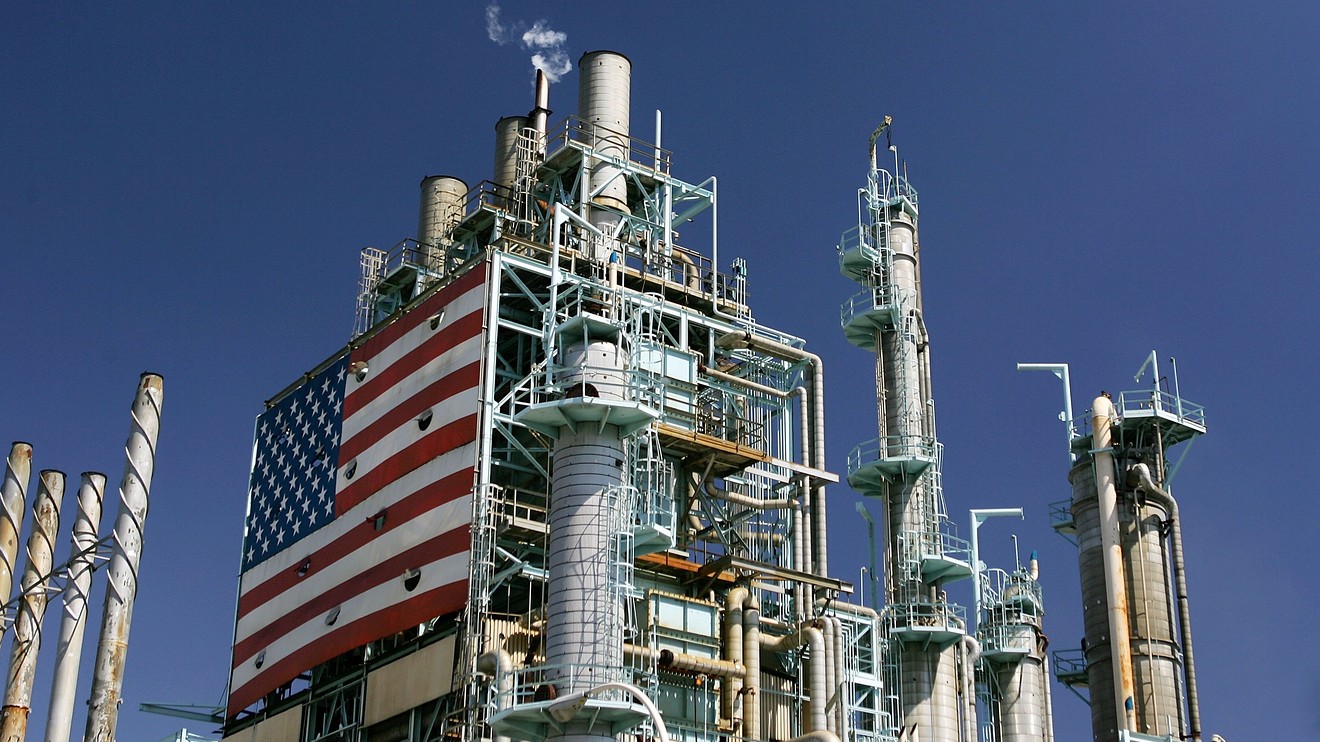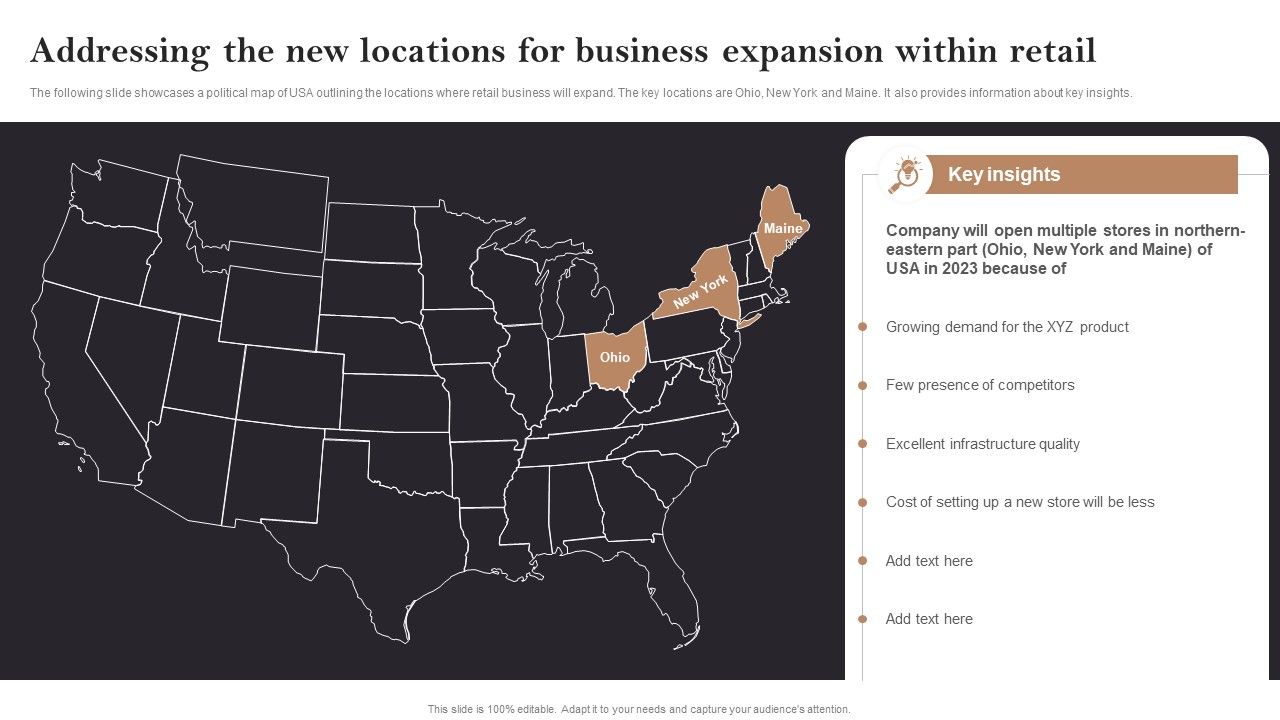Trump Tariffs And The US Manufacturing Sector: A Complex Relationship

Table of Contents
The US manufacturing sector experienced a period of significant change during the Trump administration, largely shaped by the controversial imposition of Trump tariffs. While the aim was to bolster domestic production and renegotiate trade deals, the reality proved far more nuanced. This article explores the complex and multifaceted relationship between Trump tariffs and the US manufacturing sector, examining both the intended and unintended consequences. The impact of these tariffs was far-reaching, affecting various industries and sparking debates about the effectiveness of protectionist trade policies.
The Intended Effects of Trump Tariffs on US Manufacturing:
The Trump administration's imposition of tariffs, primarily targeting steel, aluminum, and goods from China, was presented as a strategy to revitalize American manufacturing. The core argument was that protecting domestic industries from foreign competition would lead to increased domestic production, job creation, and a stronger US manufacturing base.
-
Protecting Domestic Industries: The tariffs were explicitly designed to make imported goods more expensive, thereby increasing the competitiveness of domestically produced goods. The steel and aluminum industries, for example, were considered key beneficiaries. The anticipated benefits included:
- Increased production of steel and aluminum within the US.
- Creation of new jobs in the steel and aluminum sectors.
- Reduced reliance on foreign suppliers for these critical materials. However, the actual impact varied widely depending on the specific sector.
-
Negotiating Trade Deals: Tariffs were also used as a powerful bargaining chip in trade negotiations. The administration argued that the threat of tariffs would incentivize other countries, particularly China, to negotiate more favorable trade deals for the US. Examples include the renegotiation of NAFTA into the USMCA (United States-Mexico-Canada Agreement). The intended outcome was to reduce trade deficits and secure better market access for US manufacturers. This approach, however, proved contentious and did not always lead to the desired outcomes.
The Unintended Consequences of Trump Tariffs on US Manufacturing:
While the intended effects of Trump tariffs were to protect and strengthen US manufacturing, several significant unintended consequences emerged.
-
Increased Costs for Businesses: Tariffs on imported raw materials and components directly increased input costs for many US manufacturers. This reduced profitability and competitiveness, particularly for businesses heavily reliant on global supply chains.
- Industries such as furniture manufacturing, which relies heavily on imported wood and components, faced significant cost increases.
- This led to price increases for consumers and reduced demand, impacting the overall economic performance of these sectors. The increased costs were passed onto consumers, leading to higher prices for various goods.
-
Retaliatory Tariffs and Reduced Exports: Other countries responded to US tariffs by imposing their own retaliatory tariffs on US goods. This significantly impacted US manufacturers exporting products to those countries, leading to lost export markets and reduced revenues.
- Agricultural products were particularly vulnerable to retaliatory tariffs, impacting farmers and agricultural businesses.
- The decline in US exports during this period further weakened the overall performance of the manufacturing sector.
-
Supply Chain Disruptions: The imposition of tariffs significantly disrupted global supply chains. US manufacturers faced delays in obtaining necessary components and materials, leading to production bottlenecks and increased costs.
- The complexity of global supply chains meant that even indirect effects of tariffs caused disruptions.
- The long-term impact of these disruptions on the competitiveness of US manufacturing remains a subject of ongoing debate.
Assessing the Overall Impact: Winners and Losers in the US Manufacturing Sector:
The impact of Trump tariffs on the US manufacturing sector was far from uniform. Certain sectors benefited from increased protection, while others suffered from higher costs and reduced export markets.
-
Sector-Specific Analysis: Industries like steel and aluminum experienced some short-term gains due to increased domestic demand. However, sectors reliant on imported inputs faced significant challenges. The overall effect depended on a complex interplay of factors, including the specific industry, the reliance on imports, and the response of trading partners.
-
The Role of Other Economic Factors: It's crucial to acknowledge that the effects of Trump tariffs cannot be isolated from other significant economic factors influencing the US manufacturing sector. Automation, global economic conditions, and shifts in consumer demand all played important roles. This makes a comprehensive assessment of the tariffs' impact challenging.
Conclusion:
The relationship between Trump tariffs and the US manufacturing sector is undeniably complex. While the administration aimed to protect domestic industries and strengthen US manufacturing through increased domestic production and improved trade deals, the reality was more nuanced. The tariffs resulted in both intended benefits for certain sectors, and considerable unintended negative consequences, including increased costs for businesses, retaliatory tariffs, supply chain disruptions and reduced competitiveness. The long-term impacts of these policies are still unfolding and require continued analysis. Further research into the impact of tariffs, and trade policy's broader influence on the US economy, is crucial for a complete understanding. Explore resources from reputable economic institutions and academic journals to gain a deeper understanding of the complexities of tariff policy and its consequences.

Featured Posts
-
 Shotgun Cop Man A Weird And Wild Platformer Experience
May 06, 2025
Shotgun Cop Man A Weird And Wild Platformer Experience
May 06, 2025 -
 Mindy Kalings Mature Comedy Lands Hulu Series Order
May 06, 2025
Mindy Kalings Mature Comedy Lands Hulu Series Order
May 06, 2025 -
 Kontrowersyjne Zamowienie Na Trotyl Polska Na Celowniku
May 06, 2025
Kontrowersyjne Zamowienie Na Trotyl Polska Na Celowniku
May 06, 2025 -
 Watch Celtics Vs Pistons Live Free Stream Tv Channel Guide
May 06, 2025
Watch Celtics Vs Pistons Live Free Stream Tv Channel Guide
May 06, 2025 -
 Exploring The Countrys New Business Hot Spots
May 06, 2025
Exploring The Countrys New Business Hot Spots
May 06, 2025
Latest Posts
-
 Getting To Know The Ross Family Tracee Ellis Ross And Her Celebrated Kin
May 06, 2025
Getting To Know The Ross Family Tracee Ellis Ross And Her Celebrated Kin
May 06, 2025 -
 The Wiz A June Arrival To The Prestigious Criterion Collection
May 06, 2025
The Wiz A June Arrival To The Prestigious Criterion Collection
May 06, 2025 -
 Tracee Ellis Rosss Family Tree Exploring Her Famous Relatives
May 06, 2025
Tracee Ellis Rosss Family Tree Exploring Her Famous Relatives
May 06, 2025 -
 Reliving The Legend Diana Rosss 1973 Royal Albert Hall Concert
May 06, 2025
Reliving The Legend Diana Rosss 1973 Royal Albert Hall Concert
May 06, 2025 -
 Diana Ross At The Royal Albert Hall 1973 Concert Review And Setlist
May 06, 2025
Diana Ross At The Royal Albert Hall 1973 Concert Review And Setlist
May 06, 2025
